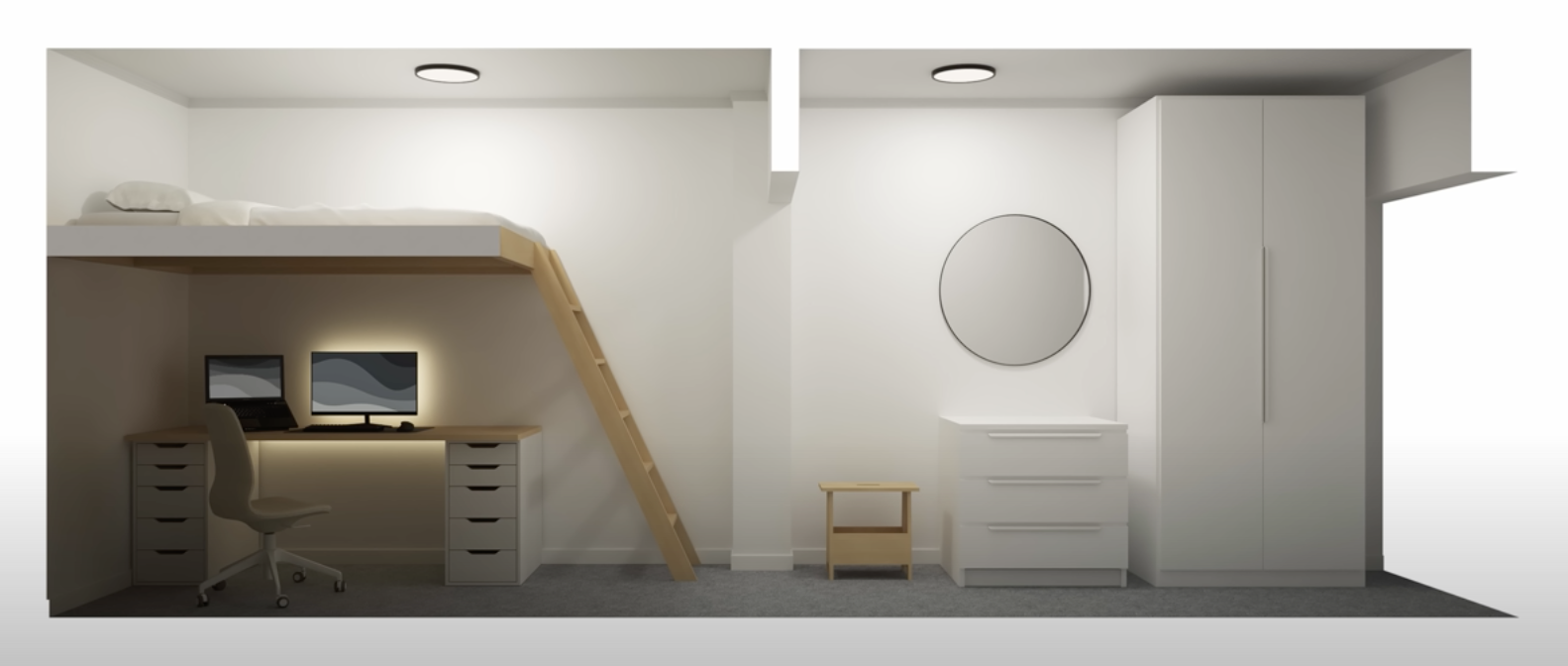
This post explores the concept of Design for Social Change in interior and furniture design, highlighting its importance
Design has always been a powerful tool for social change. From architecture to fashion, designers have used their creativity to bring about positive social and environmental impacts. In recent years, the concept of "Design for Social Change" has gained significant attention in the design industry, particularly in interior and furniture design.
Design for Social Change involves creating spaces and furniture that promote social equality, environmental sustainability, and community engagement. It aims to address social issues such as poverty, inequality, and climate change through design.
Interior Design for Social Change
Interior design for social change focuses on creating spaces that promote social equality and community engagement. It involves designing spaces that are accessible, inclusive, and welcoming to all individuals regardless of their race, gender, and socio-economic status. This type of design also emphasizes the use of sustainable materials and energy-efficient technologies to reduce the environmental impact of interior spaces.
One example of interior design for social change is the "Tiny House" movement. Tiny houses are small, sustainable homes that are designed to be affordable and accessible for low-income families and individuals. These homes promote minimalism and sustainability, while also providing a stable and secure housing option for those in need.
Furniture Design for Social Change
Furniture design for social change focuses on creating furniture that is sustainable, accessible, and promotes social equality. It involves designing furniture that is made from eco-friendly materials and can be easily disassembled and recycled at the end of its lifecycle. This type of design also emphasizes the use of design thinking to create furniture that is accessible and user-friendly for individuals with disabilities.
One example of furniture design for social change is the "Open Desk" movement. Open Desk is a design platform that offers open-source furniture designs that can be downloaded and made locally. This platform promotes sustainable and accessible furniture design, while also supporting local economies and reducing the environmental impact of furniture production.
Benefits of Design for Social Change
Design for Social Change has several benefits, including:
In conclusion, Design for Social Change is an important concept in the design industry, particularly in interior and furniture design. It has the power to address social and environmental issues, while also promoting social equality and community engagement. As designers, we have a responsibility to use our creativity to make a positive impact on the world, and Design for Social Change is one way to do so.